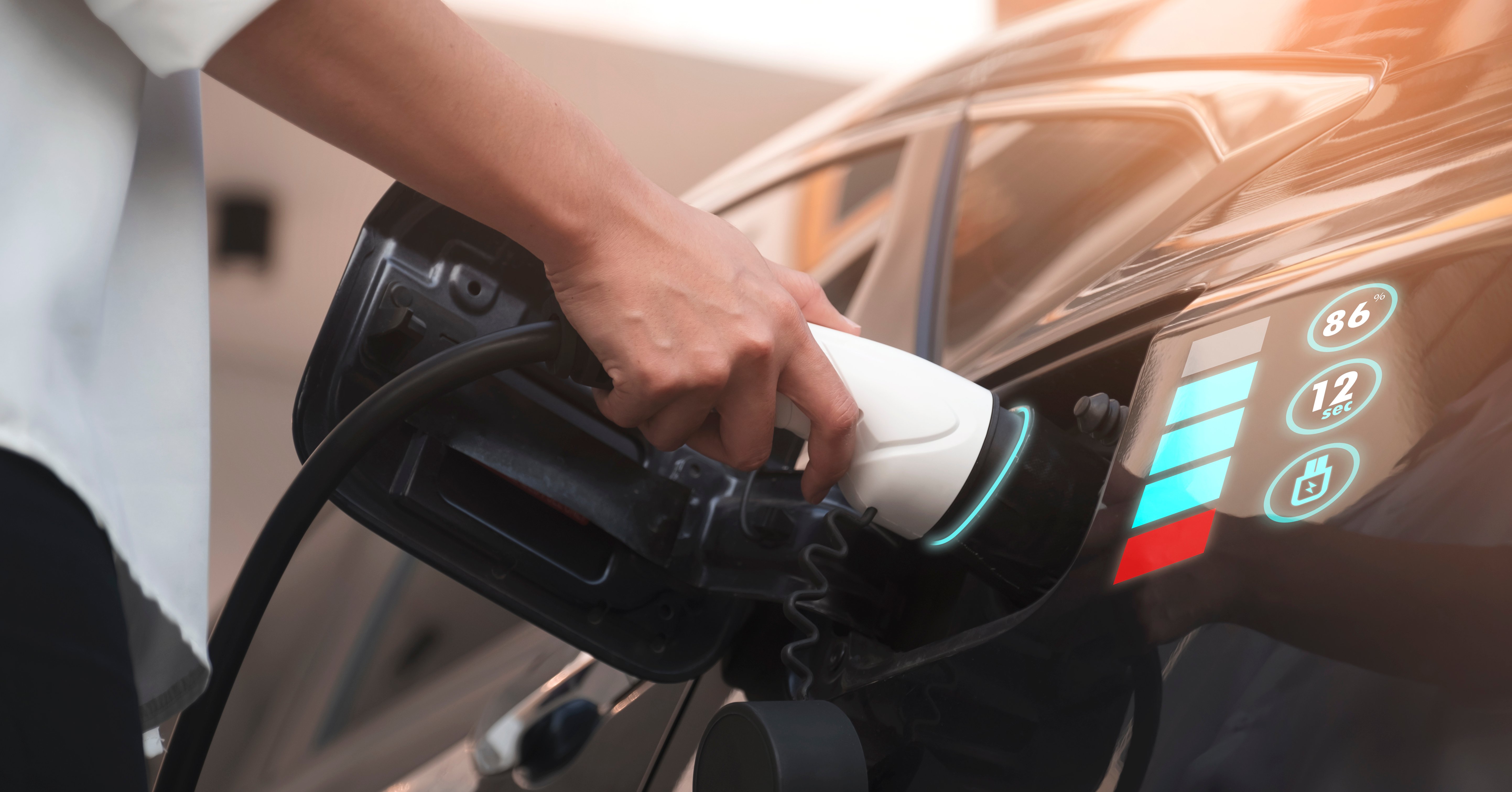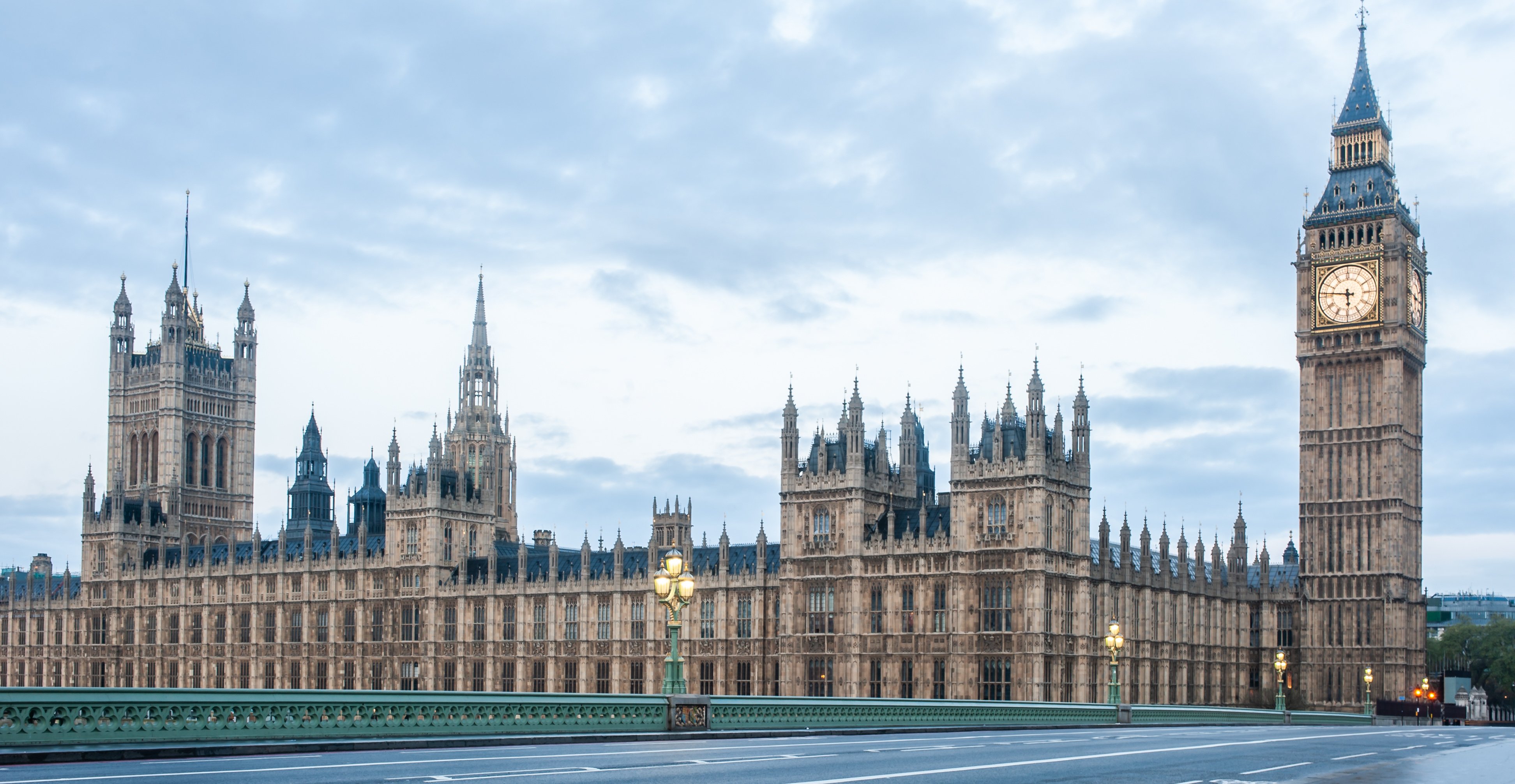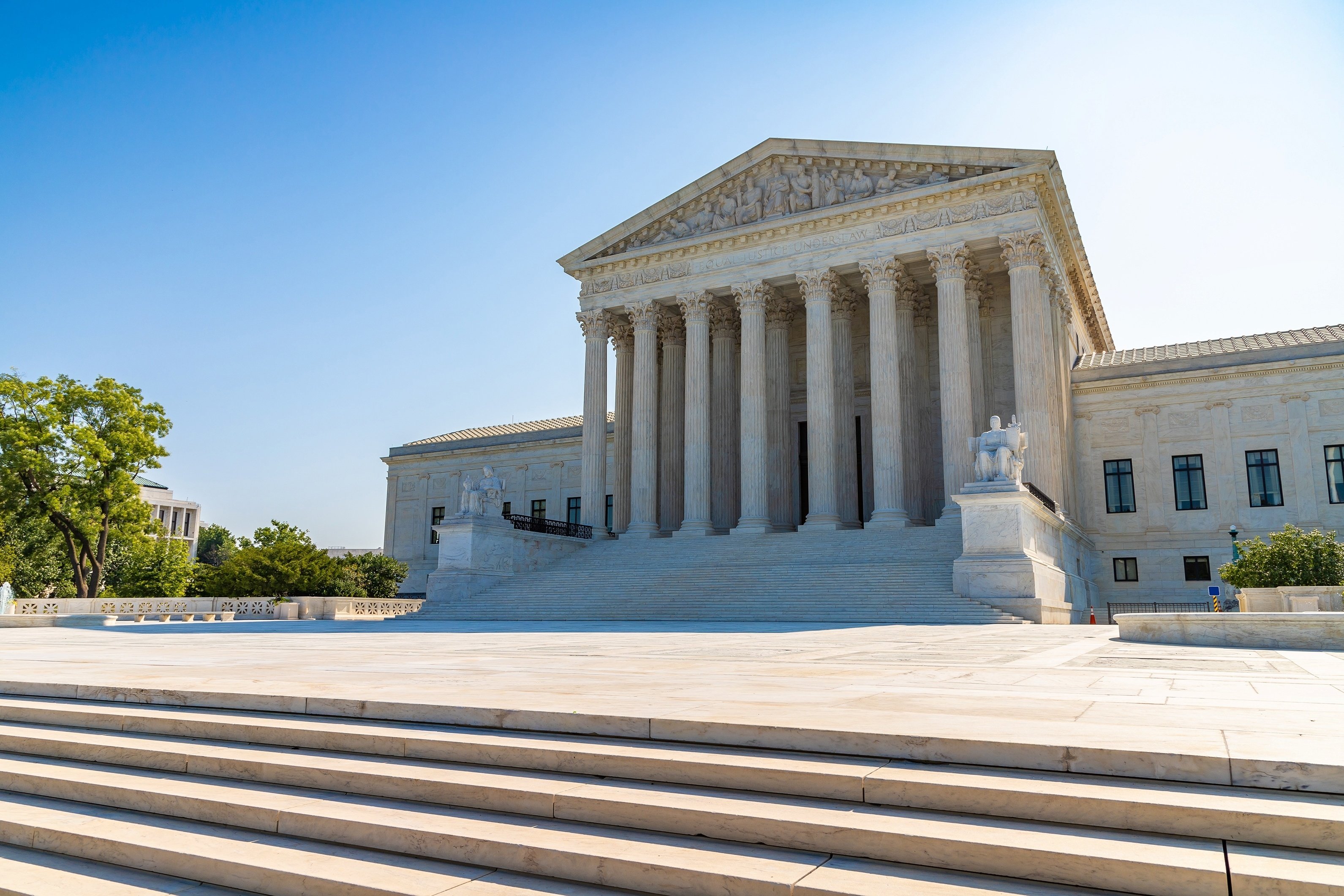What potholes prevent America's smooth transition to electric vehicles?
by Sameer Surti on 18 Aug 2023
The US has witnessed a rapid increase in electric vehicles (EVs) in recent years. In this blog, we will examine the recent actions the US has taken to encourage EV usage and then discuss some challenges the US faces in continuing this growth.
The US has witnessed a rapid increase in electric vehicles (EVs) in recent years. Part of this has been spurred by President Biden’s initiative to increase EV usage by Americans, while the EV industry has also made improvements to their products to incentivise Americans to switch to an EV for their next car. In this blog, we will examine the recent actions the US has taken to encourage EV usage and then discuss some challenges the US faces in continuing this growth.
Actions by the Federal Government
In August 2021, President Biden issued an executive order that set a target for half of new light vehicles (vehicles under 8,500 lbs. or approximately 4 metric tonnes encompassing passenger cars, SUVs, and light pickup trucks amongst others) sold in 2030 to be electric. He also pushed heavily for his policy frameworks, such as the Build Back Better Plan, which led to legislation being passed by Congress to further support the growth of EVs.
In response to President Biden, Congress passed the Bipartisan Infrastructure law, which invests $14 billion to build 500,000 EV chargers across the US as well as ensuring domestic manufacturers have access to critical minerals and other components to make batteries for EVs. Moreover, through the Inflation Reduction Act, tax incentives were created for buyers of new and used EVs.
President Biden has also collaborated with various companies to bolster EV infrastructure. For example, Hertz and BP have announced their intention to establish a national network of EV fast charging stations, focusing on high-demand locations and creating “gigahubs” to aid large-scale charging. Tesla announced it will open a portion of its Supercharge and Destination Charger network to non-Tesla EVs, giving all EV drivers access to stations already present across America. Companies like Uber and Zipcar have also pledged to expand their EV fleet for drivers.
It is still a bit early to assess the impact government actions have had on EV usage in the US, but it seems to be trending upwards. EV sales in Q1 2023 increased by 56% compared to Q1 last year. Of all light-duty vehicles, EV sales have made up 8.6% in Q1 2023, and in that timeframe, more than 300,000 EVs have been sold in the US. Moreover, despite EVs overall being more expensive than normal cars, the average price of EVs has decreased by $5,600 compared to last year.
However, despite all the strides in the EV industry and government initiatives, there are still some hurdles EVs will have to overcome to see widespread integration in the US.
Challenge no. 1: Charging standard dilemma
In February 2023, the Federal Highway Administration opted to require companies seeking EV charging grants to use the Combined Charging System (CSS) standard. However, increasingly more and more car manufacturers such as Ford, General Motors (GM), Mercedes, Nissan, Rivian, and others are opting to switch to Tesla’s North American Charging Standard (NACS). Unlike the US, the EU requires all EVs to use CCS, including Tesla. Many car companies have chosen to use NACS because it allows them double access to fast chargers that have already been built by Tesla. However, now there is an issue of industry leaders shifting from CSS despite the federal government attempting to make it the de facto standard. Until a definitive standard is reached or there are widespread chargers for both standards, it will be another hurdle for some consumers to choose an EV for their next vehicle.
Some of these issues have already been addressed by the industry; automakers such as BMW, GM, Honda, Hyundai, Kia, Mercedes and Stellantis recently announced that they will invest in building one billion dollars’ worth of EV chargers in the US. These charging stations will have both NACS and CSS charging stations in urban and highway areas.
Challenge no. 2: Lack of charging stations across the US
A significant issue hindering the US from increasing EV usage is the lack of widespread EV stations across the US. This is evidenced by the fact that an overwhelming number of EV stations are currently located in primarily coastal states. California has the most stations with over 14,000 stations with New York a distant second at 3,460 stations, according to the Department of Energy. Many of the central and western parts of the US have one station every 50-150 miles, assuming the one station is functional and has no issues. That is risky for drivers travelling through rural areas, especially if their home or workplace does not have a private charging station. Unlike much of Europe, the US is far more dependent on cars for transportation, and the risk of an EV battery dying with no station nearby for commuting to work from a different town may deter people. A Consumers Report found that more than half of Americans who felt they were not ready for an EV felt “range anxiety”, i.e., that an EV could not be able to go far enough on a single charge. Moreover, a Pew Research Center report from this year found that 53% of Americans are not confident that the US will build charging stations and infrastructure to properly support mass use of EVs.
Challenge no. 3: Cost
The number of EVs that are eligible for tax credits is very limited, with only nine EV models eligible for the full tax credit. As of now the only vehicles purchased after 18 April 2023 that are eligible for a $7,500 tax credit are the 2022-2023 Ford F-150 Lighting (Standard and Extended Range), 2022-2023 Tesla Model 3 (all variants), 2022-2023 Tesla Model Y (all variants), 2023 Volkswagen ID.4 (all variants), 2023-2024 Cadillac LYRIQ, 2024 Chevrolet Blazer, 2022-2023 Chevrolet Bolt (EV and EUV), 2024 Chevrolet Equinox, and 2024 Chevrolet Silverado. While some EVs qualify for lower tax credits and credits exist for hybrid vehicles, there is not much variety in the vehicles that are currently eligible for a tax credit. Most of these cars are either brand new models or only one to two years old and except for the Chevy Bolt and VW ID.4, all the vehicles are $50,000+.
Moreover, over 30 states charge separate annual fees for electric vehicles which can range from $50-$200. This is in order to offset lost taxes collected from gasoline purchases and is designed to help the state maintain highways or fund public charging stations. EVs, while decreasing in price, are still expensive and are not accessible to Americans who may want to switch to an EV but cannot afford to.
Future of EVs
Some of these issues will be solved with time, such as the types of EVs available for tax benefits and the overall price of EVs. As the market grows and new models are introduced prices should decrease and be more accessible for the everyday American. Other issues will take more work from the government and industry. Should the issues of charging EVs and the higher than average cost of an EV be properly addressed, America could see an even steeper demand and more people switching to EVs.
Topics: US Politics, Electric vehicles, Climate Change, techpolicy






Comments